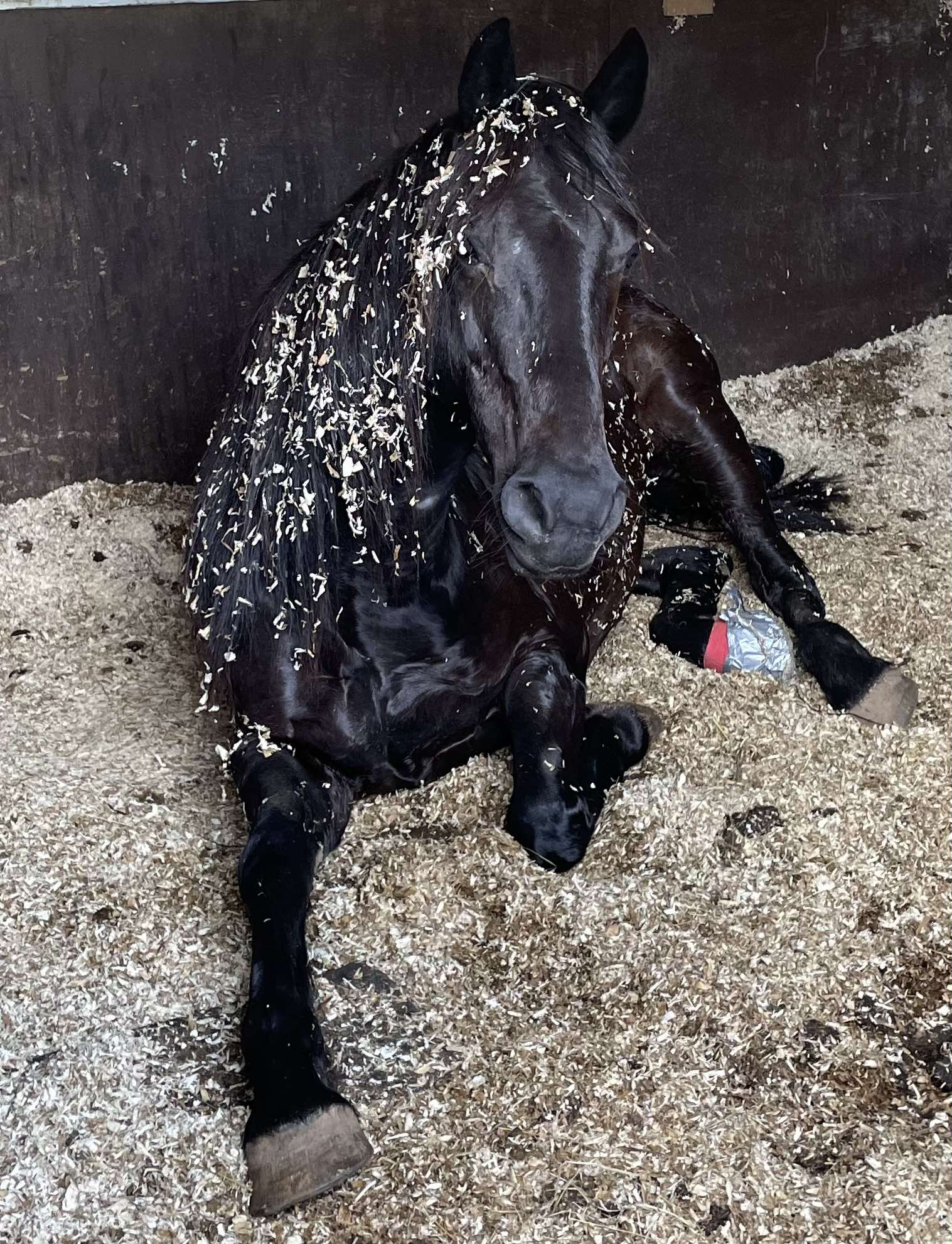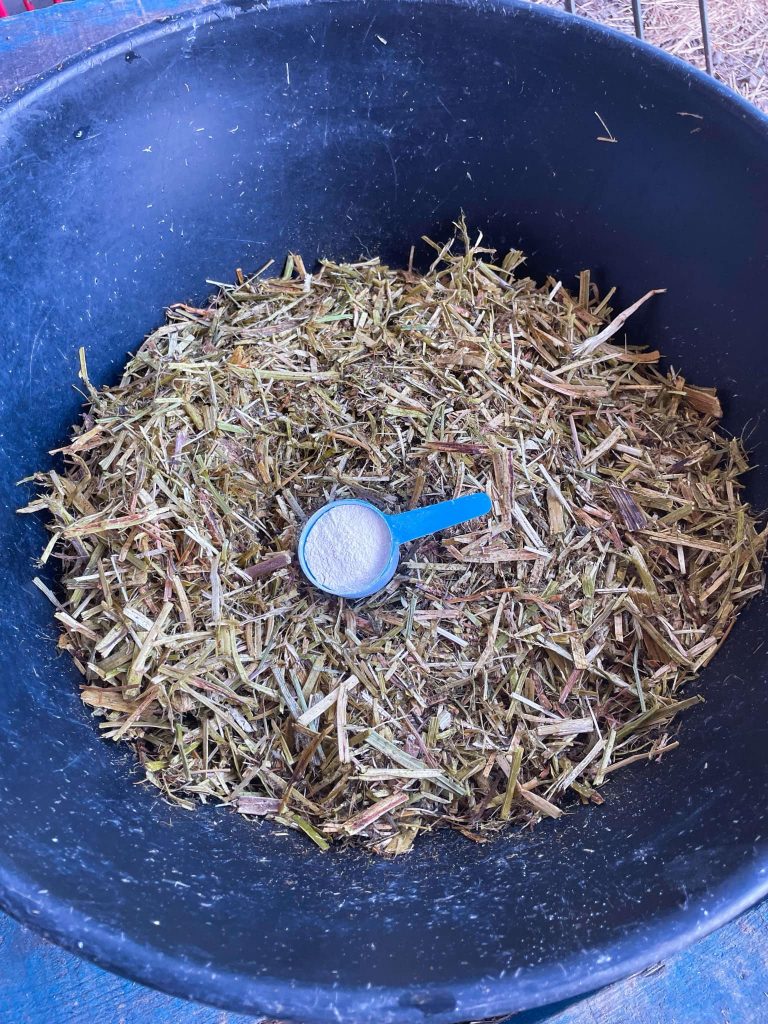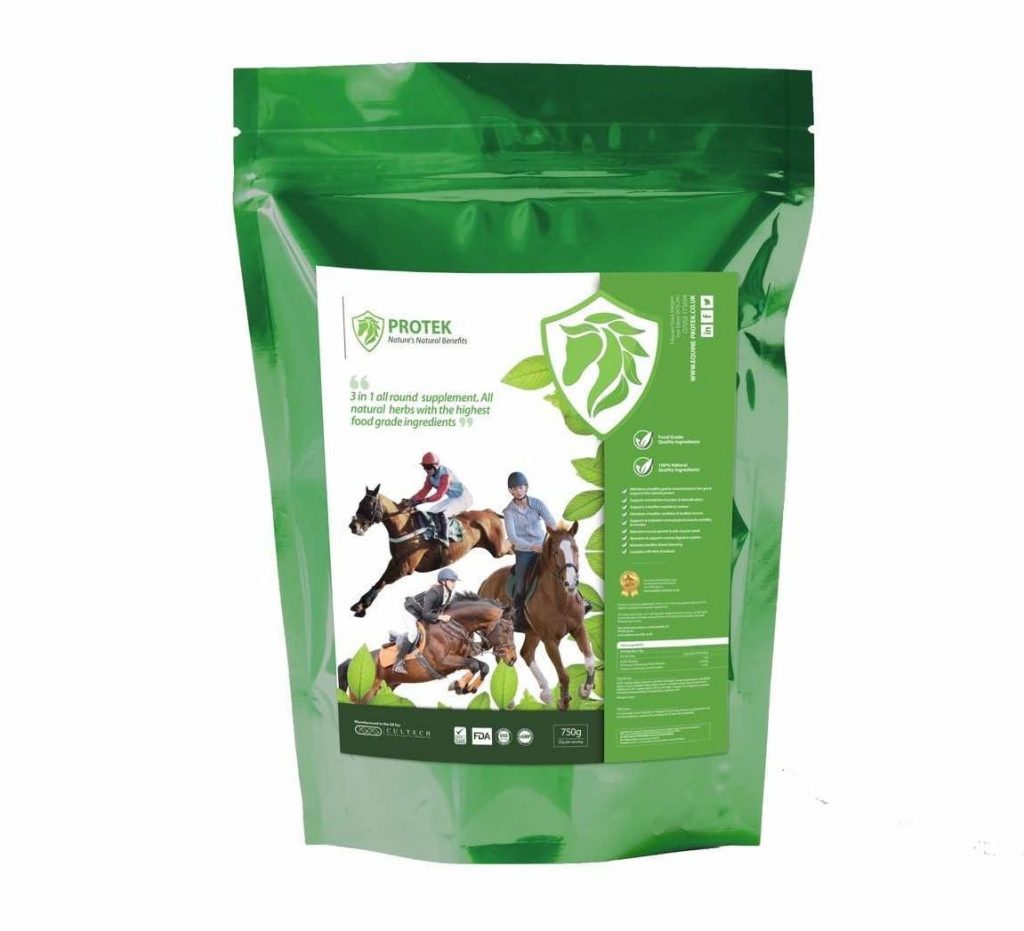Now that the winter is upon us it can bring all sorts of challenges when it comes to caring for our horses, from ensuring they stay warm and dry with the correct rugs and managing their overall health and well being. One issue that can become more and more common during the colder months is the dreaded abscess in a horse’s hoof.
Abscesses, although it is a common problem in horses all year-round, they can be particularly troublesome in winter due to the wet, cold conditions.
What Is an Abscess?
An abscess in a horse hoof is a pocket of pus that will accumulate from an infection, usually beneath the hoof wall. It occurs when bacteria, most often from a foreign objects like rocks, splinters, or other sharp objects which penetrate the hoof and cause the infection.
The body then responds to the infection by sending white blood cells to fight it, which leads to the build up of pus. This pus then causes pressure to build up inside the hoof, resulting in a lot of pain for the horse, causing lameness and sometimes swelling, also some horses are unable to weight bare. As most horses owners know the hoof abscess is the most common and concerning, particularly for performance horses.
Why Are Abscesses More Common in Winter?
1. Wet Conditions and Muddy Environments Wet, muddy conditions in the winter can increase the likelihood of abscess formation. The moisture softens the hoof and can make it easier for debris and bacteria to enter through small cracks or holes in the hoof wall. Wet ground also makes horses more prone to stepping on sharp objects hidden in the mud, which can puncture the hoof and introduce bacteria.
2. Frozen Hooves and Reduced Movement Cold, frozen ground can cause hooves to become brittle and crack, creating entry points for infection. In addition, if horses are confined to stalls or smaller paddocks during winter, they might not be moving as much as usual, which means their hooves aren’t as naturally trimmed down through movement on varied surfaces, leaving them more vulnerable to injury.
3. Irritation and Thrush Persistent wet conditions, especially when horses are standing in wet or unclean stalls, can lead to another hoof problem such as thrush, a bacterial infection that affects the frog of the hoof. This condition can weaken the overall health of the hoof, making it more susceptible to abscess formation.
4. Difficulty in Identifying Issues Early In winter, it’s harder to inspect a horse’s hooves regularly, especially when the ground is frozen or covered with snow, and horses may wear boots or blankets that make it more difficult to notice early signs of an abscess.
The cold weather also means horses are less likely to move freely, so subtle signs of discomfort might not be as obvious. This is why you should check and pick out your horses hooves regularly.
Symptoms of a Hoof Abscess Abscesses can be difficult to spot at first, as the symptoms may be subtle.
However, some common signs to look out for include:
* Lameness: The horse may become suddenly lame, often favouring the affected hoof and putting little to no weight on it. The severity of lameness can vary from mild to very severe.
* Heat and Swelling: The affected hoof may feel hot to the touch and show signs of swelling, particularly around the coronet band (the area where the hoof meets the leg).
* Pulses: You may notice an increased digital pulse (pulse in the hoof area) on the affected leg, which is a sign of inflammation.
* Abscess Drainage: In some cases, the abscess may rupture, and you may see pus or discharge from a small hole or crack in the hoof.
* Behavioural Signs: Horses with an abscess may be reluctant to walk, show signs of discomfort when standing or lying down, and may display sensitivity when their hoof is picked up.
Treatment of Hoof Abscesses If you suspect that your horse has an abscess, it is important to address it as soon as possible.
Here are the key steps for treatment:
1. Consult a Veterinarian While some abscesses may resolve on their own with proper care, it’s always best to have a veterinarian confirm the diagnosis. A vet can determine the exact location of the abscess, which may require diagnostic tools like hoof testers, X-rays which will rule out any other possible problems or even a hoof puncture to drain the infection.
2. Soaking the Hoof Soaking the hoof in warm water with Epsom salts can help draw out the infection. The warmth helps soften the tissue and reduce pain, and the Epsom salts can aid in reducing inflammation and promoting drainage.
3. Drainage If the abscess has not yet ruptured, the vet may need to drain it to allow the pus to escape. This may involve carefully cutting the hoof with a sterilized instrument, which should only be done by a professional to avoid further complications.
4. Poulticing After drainage, poultices or wet bandages are often applied to keep the hoof clean and promote continued drainage. Common poultices include Epsom salts or iodine solutions, which help draw out any remaining infection.
5. Box Rest: Your horse may need to be kept in a stable with minimal movement to allow the hoof to heal. Avoid turning the horse out on soft, wet ground to prevent reinfection and further irritation to the hoof.
6. Hoof Care During the healing process, it’s important to monitor the horse’s hoof health. Regular trimming by a farrier ensures that the hoof is kept in good condition and may help prevent further cracks or weaknesses. Especially keeping the white line closed to prevent tiny stones working their way in.
Preventing Abscesses in Winter
While abscesses cannot always be completely prevented, there are several strategies that can reduce the risk:
1. Maintain Hoof Health Regular hoof trimming and proper care can help prevent cracks, which are common entry points for bacteria. Be sure your farrier trims the hooves regularly and appropriately for the season, keeping in mind the wear on the hooves during the colder months.
2. Keep the Hooves Dry Where possible, limit your horse’s exposure to wet, muddy conditions. Provide a dry, clean place for your horse to stand when they’re in their stable, and ensure that turnout areas are well-drained to prevent standing water.
3. Use Protective Footwear If your horse is prone to hoof problems or your turnout area is wet and muddy, consider using hoof boots or wraps to protect the hooves from injury and bacteria. These boots can provide a barrier against sharp objects and reduce exposure to moisture.
4. Monitor for Thrush Take care to prevent thrush by cleaning the hooves regularly, especially after exposure to wet conditions. If you notice any signs of thrush, such as a foul odor or black discharge from the frog, treat it promptly with an appropriate hoof care product.
5. Proper Nutrition Ensuring your horse is receiving a balanced diet rich in vitamins and minerals, such as Protek Magnesium also biotin and zinc, will help promote strong, healthy hooves, which are more resistant to injury and infection.
Equine-Protek horse supplements are an excellent additive to your horses daily feeds. Giving them the natural benefits nature intended.
Conclusion
Abscesses can be a painful and frustrating issue for horses, especially during the winter months when environmental conditions increase the risk. By understanding the causes and symptoms of hoof abscesses, and following proper care and prevention techniques, you can help ensure that your horse’s hooves remain healthy and strong throughout the season.
If you suspect your horse has an abscess, immediate attention from a veterinarian can prevent complications and speed up the healing process, allowing your horse to return to full health more quickly.
Check out equine-protek.co.uk for information on top quality horse supplements.
EQUINEPROTEK




No responses yet